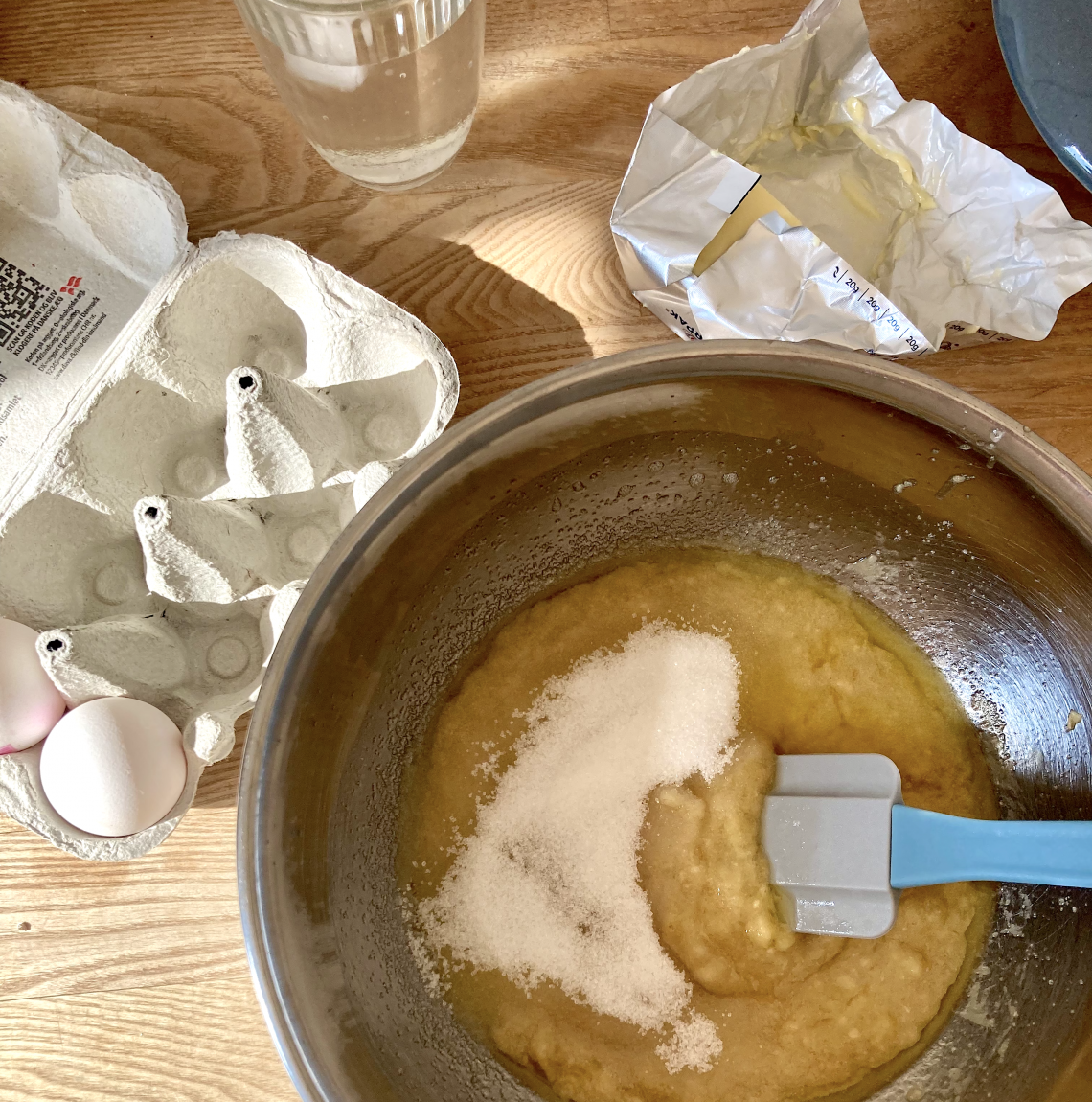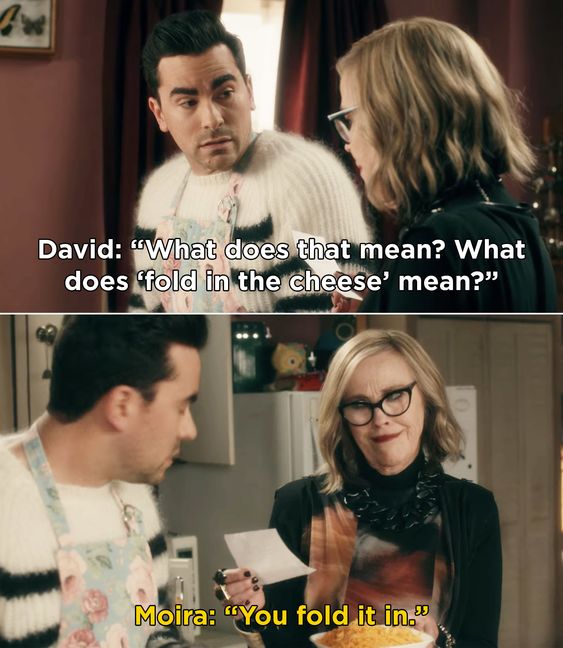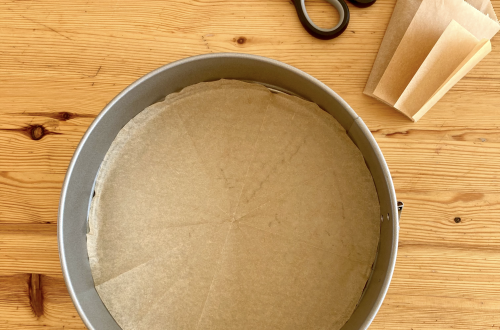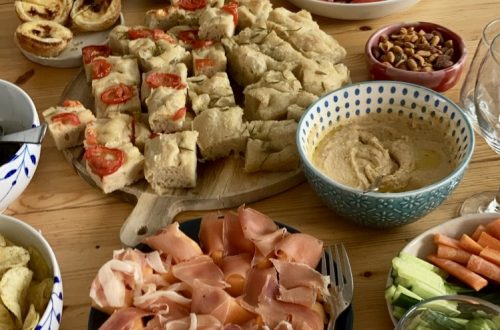
Baking Basics
Here you can find a collection of my baking basics. If you have done some baking before, you should be familiar with them, but just to make sure we are all on the same page, I have gathered my top tips that I have learned over the years. Please feel free to share your tips with me so we can add more. It’s often the small things that make the biggest difference.
Liquid then dry ingredients
In general, when it comes to baking or cooking, it makes a difference in which order you add ingredients and how you mix them in. When making cakes that are supposed to be airy and fluffy, it’s important to first whisk the wet ingredients together (like butter, eggs, and sugar) and then add the dry ingredients (like flour, baking powder, cocoa powder, etc.). Whisking the wet ingredients first, usually on a higher speed, creates a lot of air and really combines the fat with the sugar while emulsifying the eggs. This makes the cake lighter and fluffier. It’s usually better to mix it longer than you think — until you notice the color changing to a light cream.
I usually use the whisk (ideally electric) or a stand mixer for the wet ingredients and then switch to a silicone spatula for the dry ingredients. ome people recommend mixing the flour and baking powder first before adding them to the wet ingredients to activate the leavening agents. However, I don’t like cleaning another bowl, so I just put the flour in first, add the baking powder on top, and gently mix them together before folding them in completely. Since the flour contains gluten that activates when mixed with the wet ingredients, we don’t want to overmix it. We also don’t want to lose all that air we just created. Otherwise, you will end up with a dense cake – and we want a light, fluffy, and moist cake.




